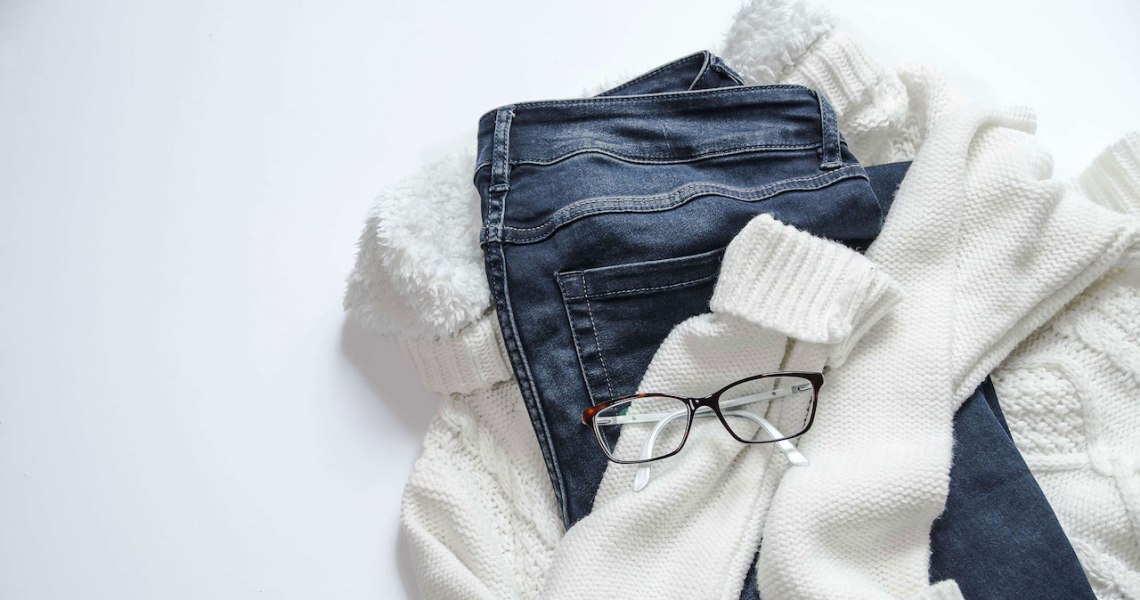Shopping today can be overwhelming with the sheer mass of brands and products to choose from, but a new personal styling app, Mada, is rolling out with the intention of making shopping as easy as swiping left or right. Think of it as Tinder for shopping, with built-in machine learning technology to match users with clothes and styles they actually like.
Mada is launching at a time when roughly 75% of Gen Z and millennials shop on mobile, and as more fashion companies are trying to bring gaming into fashion. It’s also entering the market alongside new brands like Stitch Fix that are rapidly building up teams of data scientists and using technology to better predict what customers actually want to wear and buy. With Mada, the more users swipe, the smarter the technology gets about what the customer likes. The app has already been submitted to the App Store and will likely be available to download for free in the coming days.
“Embracing artificial intelligence, analytics and machine learning can help [companies] boost engagement and productivity, while delivering against customer expectations and outpacing the competition,” said Shash Anand, vp of product strategy at IoT firm SOTI. “By extracting meaningful insights from collected data, companies will be able to deliver better, more customized offers to their consumers at the right moment.”
Mada’s goals are to make brand discovery easy, to gamify the shopping experience and to ultimately help brands sell more product, said founder and CEO Madison Semarjian.
Currently, the company has over 2,600 brand partners, from Nordstrom and Macy’s to Draper James, and it’s looking to add more as the app grows. It took the team (currently five full-time employees and about 25 contractors) about two years to develop the app before bringing any brands on board, Semarjian said, with the first brand signing on in March.
While Mada is using affiliate links and will receive a portion of sales for each of its brand partners, Semarjian said the company plans to focus most of its financial growth on its technology and data that it collects on trends and consumer preferences, not clothing sales. For brands, the process to plug in to Mada is a “two-click process,” said Semarjian.
New Mada users first answer a 10-question style quiz, describing their personal style, body type and willingness to take fashion risks. From there, the user can start swiping: left to reject an outfit and right to save it or like it. Most outfits include pictures of four to five different items including a top, a bottom, shoes and an accessory. With each swipe, the app uses machine learning to understand more about that person’s preferred style and later serve them more personalized suggestions across brands, style and price point.
Ad position: web_incontent_pos1
“The way the algorithm works now is that we have a style quiz, but we’ve learned that people don’t always answer correctly on that quiz. We’re learning more based on their behavior [in the app]: how they’re swiping, how they’re swapping out products, even how long they spend on an outfit,” said Semarjian. Before officially rolling out in the App Store, Mada ran six months of testing using beta testing app TestFlight to fix any bugs and get a sense of how people, roughly 500, used the app. The company isn’t doing paid marketing to begin, rather relying on press coverage and word of mouth to grow the app’s following early on.
Mada is also working with a small group of human stylists to help teach its algorithms about styling.
“The algorithm will learn from the stylists, just like a kid watching her mom do her makeup. [The algorithms] are watching the stylist put together these outfits and can replicate 250 outfits into 250,000 outfits,” she said.
Beyond just swiping left and right on outfits — Mada launched with over 4 million products to browse — the app is also shoppable. For each clothing item that comes up on the screen, the user can either add, for example, a $399 Rejina Pyo sweater to their Mada cart or click through to the brand’s website to purchase it. The product page in the Mada app also specifies which company will be fulfilling the order (in this case, it’s Rejina Pyo) and whether or not the inventory is low or high.
“We learned that when it’s a lower inventory, people get a little more motivated to buy. But we also don’t want to trick people into buying, which some brands do, by saying there’s only one item left when there’s not. We just really want to be as transparent as possible,” she said.




